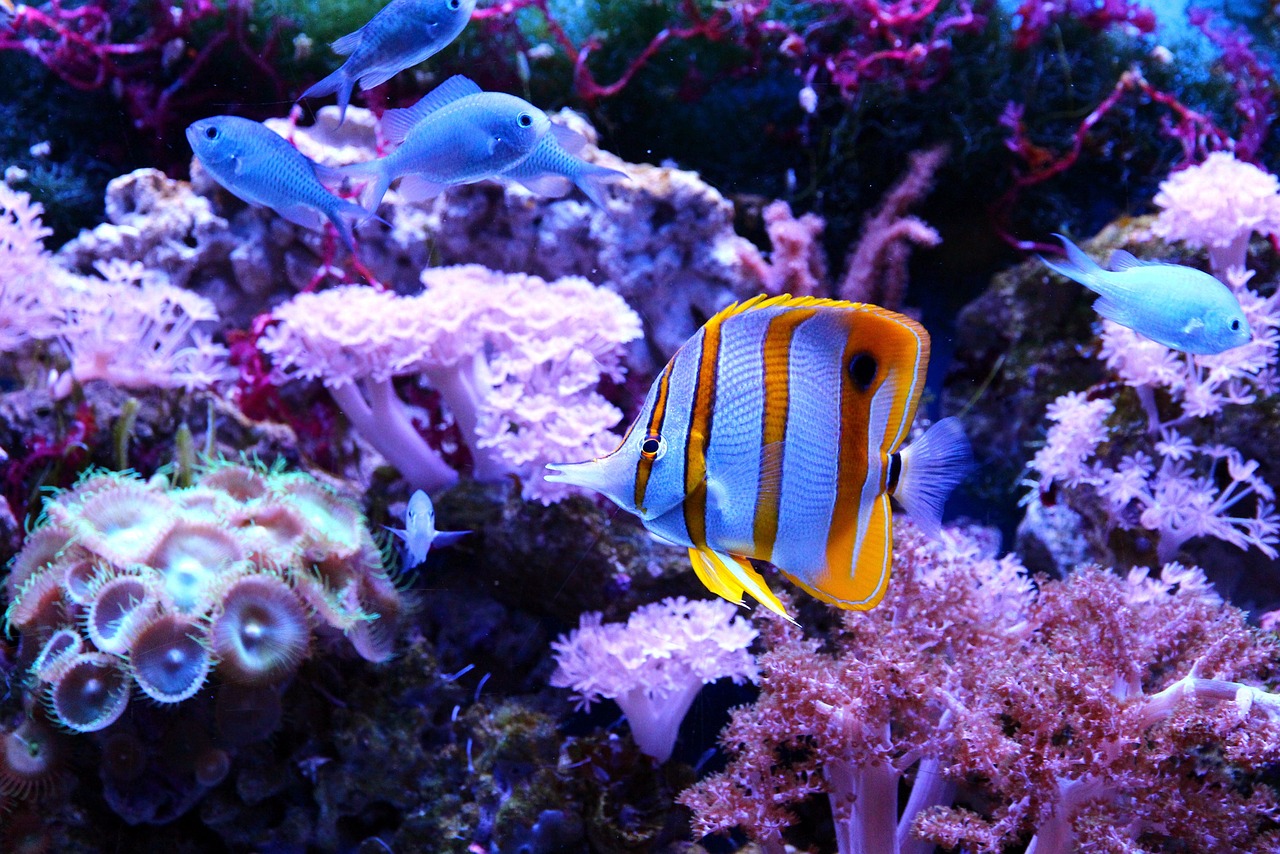Extreme Corals News and Updates
Essential Considerations for a Successful Reef Tank
Crafting a Thriving Reef Habitat: Best Practices and Sustainability in Reef Tank Ownership
Discover essential tips for a thriving reef tank: setup, equipment, sustainable practices, and ideal corals & fish. Create a healthy ecosystem today!
by scott Shiles • January 08, 2024
Reef Tank Maintenance, All Corals, Reef Tank Equipment

Tank Setup and Equipment
- Tank Size and Shape: Larger tanks are often more stable due to the water volume, but smaller tanks can be successful with careful maintenance.
- Filtration and Circulation: Utilize quality filtration systems (like protein skimmers and sumps) and adequate water movement for oxygenation and waste removal.
- Lighting: Choose appropriate lighting systems that mimic natural conditions for coral growth.
- Temperature and Salinity Control: Maintain stable temperature and salinity levels within the ideal range for your specific reef inhabitants.
Water Quality and Parameters
- Regular Testing: Monitor and maintain proper pH, ammonia, nitrate, nitrite, and phosphate levels.
- Water Changes: Perform regular water changes to replenish trace elements and remove accumulated waste.
Suitable Corals for Beginners

- Soft Corals: Corals like Mushroom Corals, Zoanthids, and Leather Corals are generally hardy and easier for beginners due to their lower care requirements.
Popular Reef-Safe Fish

- Clownfish: Hardy and adaptable, they're well-suited for reef tanks.
- Royal Gramma: Peaceful and beautiful, these fish are a great addition to reef communities.
- Firefish: Colorful and reef-safe, they add visual interest without posing a threat to corals.
Best Equipment for Reef Tanks
Lighting
- LED lights are popular due to their energy efficiency and customizable settings that cater to different coral needs.
Filtration
- Protein skimmers help remove organic compounds before they break down and affect water quality.
- Sumps provide extra water volume and space for equipment.
Water Circulation
- Powerheads and wavemakers ensure water movement and prevent dead spots in the tank.
Test Kits
- Quality test kits are essential for monitoring water parameters.
Short and Long-Term Sustainability
Short-Term Measures
- Proper acclimation of new livestock to reduce stress.
- Quarantine new additions to prevent disease outbreaks.
- Regular maintenance and water changes to sustain optimal conditions.
Long-Term Practices
- Support and participate in coral propagation and captive breeding programs.
- Educate yourself and others about responsible reef-keeping practices to contribute to the preservation of natural reefs.
- Minimize the use of harmful chemicals and unsustainable collection methods.
Creating and maintaining a successful reef tank involves a combination of understanding the needs of the inhabitants, providing appropriate care, and ensuring the sustainability of the ecosystem. By adhering to best practices and making informed choices regarding equipment, livestock, and conservation efforts, enthusiasts can enjoy a thriving and environmentally responsible reef tank for years to come. For any more information on a specific Coral, make sure to take a look at our Coral Care Page
overall rating:
my rating:
log in to rate
Please log in to leave a comment.
For more information visit: additional resources

